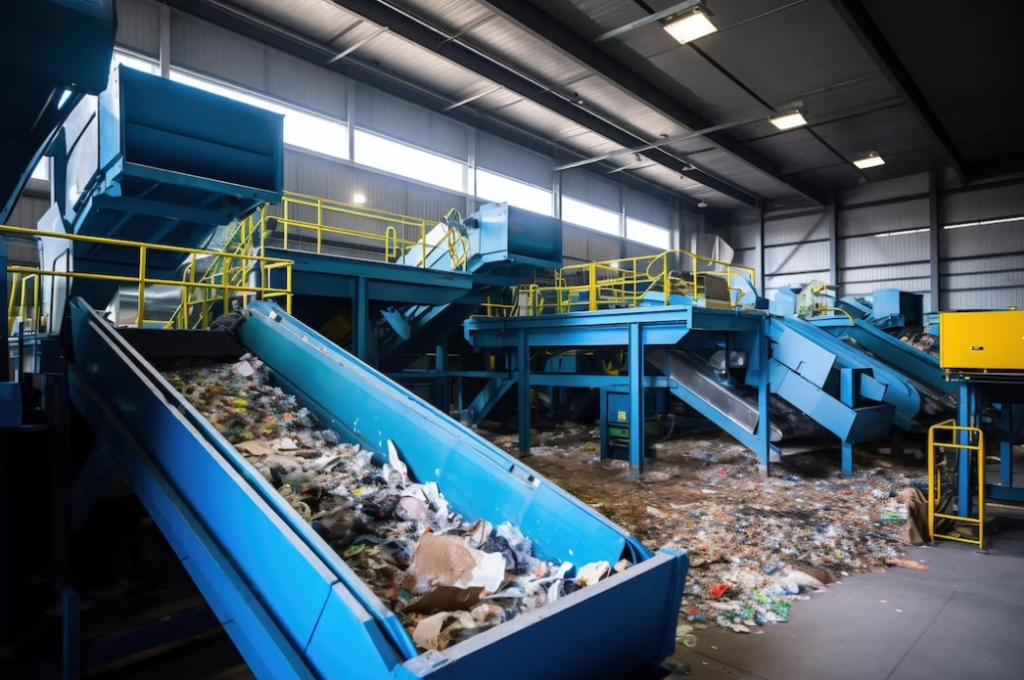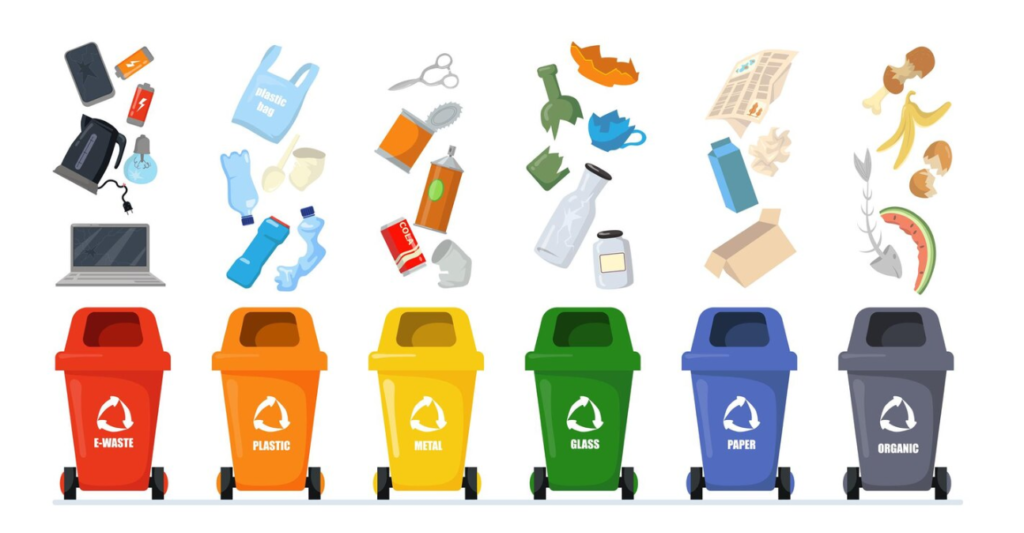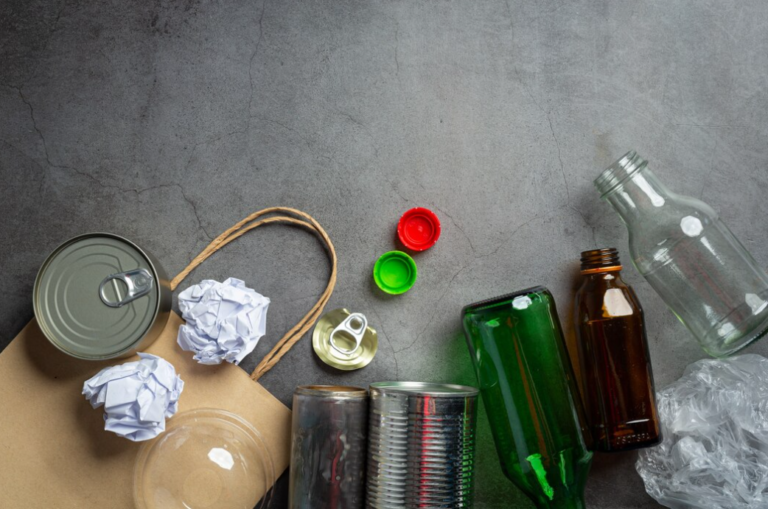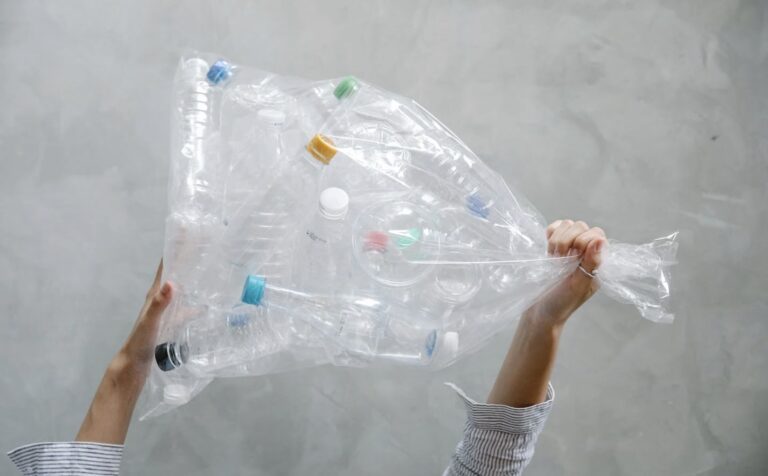Waste management has become one of the most pressing global challenges of our time. As our planet grapples with the consequences of excessive waste generation, the need for innovative solutions to handle and recycle waste efficiently is more critical than ever. Among the remarkable advancements in this field, trash sorting machines stand out as game-changers, offering a glimpse into a more sustainable future.
The Waste Problem
Our planet grapples with an ever-mounting waste problem as we witness the staggering daily production of waste worldwide. This relentless accumulation of waste materials has triggered a multitude of pressing environmental issues, ranging from the ominous specter of overflowing landfills to the insidious effects of pollution and the relentless march of habitat destruction.
Ineffectual waste management systems have proven to be a major contributor to this crisis. These systems often struggle to cope with the sheer volume and diversity of waste produced, leaving us teetering on the brink of ecological disaster. Furthermore, the limited capacity of recycling facilities adds another layer of complexity to the problem, hindering our ability to effectively address the waste challenge.
Amid this dire scenario, a ray of hope shines through in the form of trash sorting machines. These sophisticated technological marvels emerge as a beacon of promise, offering an efficient and sustainable solution to the mounting waste crisis. They represent a crucial step towards reversing the harmful tide of waste-related environmental degradation, working tirelessly to restore ecological balance and protect our planet’s fragile ecosystems.
How Trash Sorting Machines Work
Here’s a step-by-step breakdown of how these machines operate:
- Waste Collection: All collected waste is transported to a waste processing facility and loaded onto a conveyor belt;
- Initial Sorting: As the waste travels along the conveyor belt, it passes through sensors and cameras that identify various materials, such as plastic, paper, glass, metal, and organic waste;
- Automated Separation: Once identified, the waste is sorted using robotic arms, air jets, or other mechanical devices. These machines are programmed to pick up specific items and place them into separate containers or onto different conveyor belts;
- Further Refinement: The sorted materials are further refined to ensure that the highest quality recyclables are separated from residual waste;
- Recycling and Disposal: The sorted materials are sent to recycling facilities, where they can be processed and turned into new products. The remaining waste is disposed of in an environmentally responsible manner.
Revolutionizing Waste Management: Automated Trash Sorting
Innovative trash sorting machines are automatic recycling systems designed to efficiently sort municipal solid waste based on type, nature, and final disposal methods. Beston Group employs cutting-edge waste sorting technology in these trash separation systems.
These advanced systems typically consist of a plate feeder, uniform materials spreader, rotatory screening machine, winnowing machine, magnetic separation machine, and manual sorting platform. The largest capacity of this system can reach up to 400 tons per day. Due to the significant space required for a trash sorting facility, clients must ensure they have ample room for the waste recycling plant. It is strongly recommended the use of a workshop over a large open area to maintain a conducive environment in the surroundings.
Beston Trash Sorting Machine: Detailed Specs and Parameters
| Model | BFX-100 | BFX-200 | BFX-400 |
|---|---|---|---|
| Raw materials | Municipal solid waste, household waste, industrial waste, landfill waste, and mining waste | ||
| Capacity | 5 T/H | 10 T/H | 20 T/H |
| Power | 149 KW | 224.7 KW | 279 KW |
| Area | 2400㎡ | 2800㎡ | 3000㎡ |
| Working time | 20 hours | 20 hours | 20 hours |
Why Pick Beston Trash Recycling Machine?

- Quality Assurance: Beston, a leading waste management plant manufacturer in China, guarantees the quality of every component in its machines;
- Safety First: Beston machines incorporate a manual-auto switch and an emergency stop device for enhanced safety in unforeseen situations;
- Environmentally Conscious: Beston has integrated a de-dusting system to prevent secondary air pollution and a deodorization system to maintain a clean and healthy work environment;
- Profitable Investment: Municipal solid waste is abundant in every city, ensuring a constant supply of raw materials once you invest in the machine. It also sorts valuable recyclables like plastic, metals, rubber, glass, and paper;
- Effortless Operation: Apart from the manual sorting platform, Beston’s garbage separation system operates entirely automatically;
- Versatile Application: Beston’s waste sorting facility can also handle mining waste disposal with the assistance of a sealed belt conveyor, minimizing dust and ash emissions.
How to Effectively Sort Trash
The process of trash sorting begins at the waste transfer station, where all collected waste is transported to the workshop and unloaded onto a plate feeder. This feeder then conveys the waste to a uniform materials spreader, which evenly distributes the garbage onto a belt conveyor.
- Manual Sorting: Upon reaching the belt conveyor, manual sorting begins. Skilled workers identify and remove large items such as quilts, bulky wood branches, and hazardous waste from the trash stream;
- Preliminary Screening: The remaining waste is then directed to a rotatory screening machine. To facilitate smooth processing, plastic bags in the trash can be broken using a bag breaker before entering the screening machine. The rotatory screening machine sifts through the waste, utilizing 50 mm diameter holes to screen out oversized materials and undersized waste;
- Handling Undersized Organic Waste: Undersized organic waste (diameter < 50 mm) is primarily composed of organic matter. This fraction first undergoes magnetic separation to remove any iron particles. Subsequently, it is collected, packed, and transported for further processing;
- Separating Metal Materials: Oversized materials are first subjected to a magnetic separation machine, which effectively separates metal materials such as iron cans or tins. The remaining oversized materials proceed to a comprehensive winnowing machine;
- Comprehensive Sorting: The comprehensive winnowing machine is designed to meticulously sort various waste components, including lightweight plastic waste, heavy materials, and other waste categories;
- Refining Plastic Waste: Light plastic waste is directed back to the manual sorting platform, where workers meticulously remove impurities from the plastic. Finally, the purified plastic waste is sent to the packaging machine for further processing;
- Handling Heavy Materials: Heavy materials like hard plastic waste, fabrics, rubber products, and large organic waste are also appropriately packed and await subsequent processing steps in the waste management cycle.
This comprehensive trash sorting process ensures efficient waste separation, recycling, and environmentally responsible disposal, contributing to a cleaner and more sustainable environment.

Resourceful Waste Management
In modern waste management, a variety of waste types can be efficiently repurposed for valuable applications, contributing to sustainability and resource conservation:
- Plastic Waste Transformation: Utilizing small-scale pyrolysis equipment, plastic waste can be converted into valuable plastic oil. Subsequently, a waste plastic pelletizer machine can be employed to create recyclable plastic pellets, reducing plastic waste and supporting recycling efforts;
- Brickbats and Stones: In the construction sector, waste bricks and stones can be repurposed as essential materials for producing new bricks, minimizing waste and conserving resources;
- Organic Waste Conversion: Through a fermentation system, organic wastes can be transformed into biogas, a renewable energy source. Furthermore, these organic materials serve as raw materials for biomass pyrolysis plants, enabling the production of valuable charcoal products;
- Combustible Materials Utilization: Waste materials categorized as combustible can be used as raw materials in the production of Rubbish-Derived Fuels (RDFs), offering an eco-friendly alternative to traditional fuels and diverting waste from landfills;
- Kitchen Refuse Sustainability: Kitchen refuse can be repurposed as raw materials for fertilizer production or even converted into biodiesel, reducing the environmental impact of food waste disposal;
- Metals for Industrial Use: Valuable metals found in waste streams can be reclaimed and utilized as raw materials in steel factories, contributing to resource conservation and reducing the demand for primary resources.
Conclusion
Trash sorting machines are emblematic of a profound shift in our approach to waste management, a transformation that transcends the conventional confines of mere disposal. They signify a momentous stride towards a future where waste ceases to be a problem and instead becomes a resource. Through their ingenious automation of the sorting process, these machines not only bolster our recycling endeavors but also act as catalysts for broader environmental renewal. They represent a commitment to not only mitigate the detrimental impacts of waste but also to nurture a sustainable legacy for the generations that will inherit our planet. In our relentless exploration of pioneering solutions to confront the waste crisis head-on, trash sorting machines stand as symbols of unwavering hope in our collective endeavor to forge a cleaner, greener, and more harmonious world.









+ There are no comments
Add yours